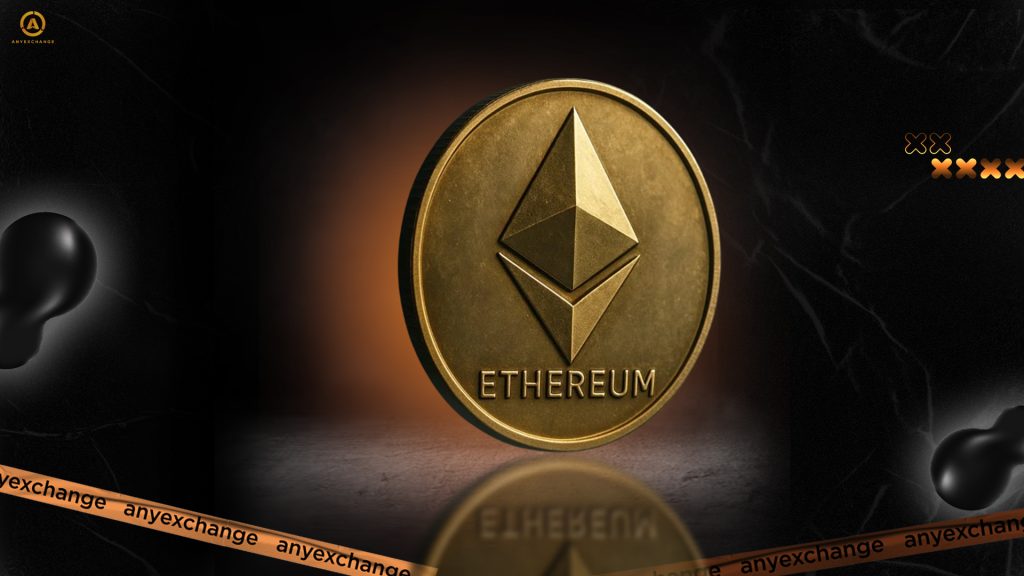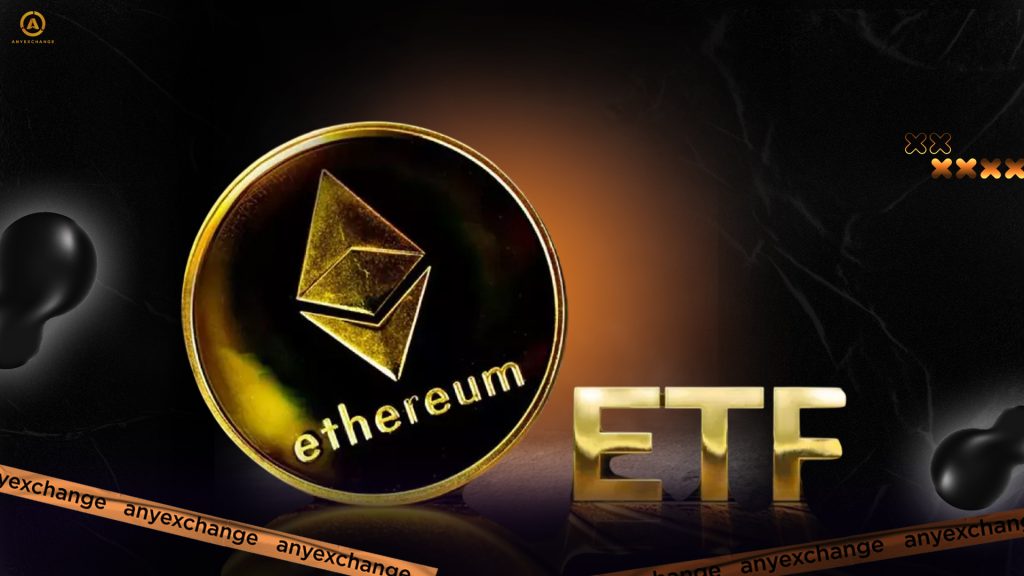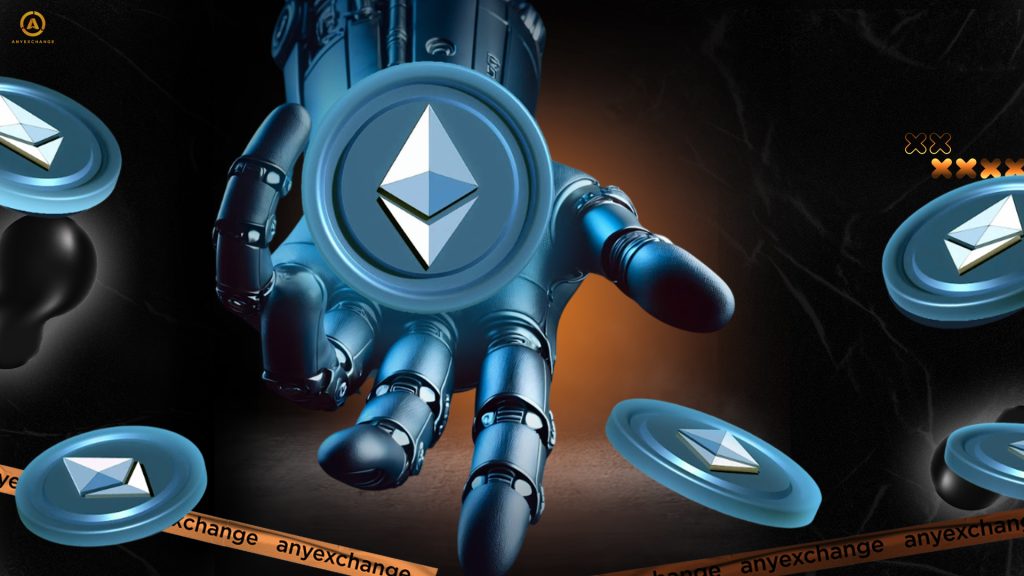
Ethereum (ETH) Overview: Leading the Way in Scalability and DeFi
The Ethereum blockchain is more than just a technology platform; it is the driving force behind the modern crypto industry. Since its launch in 2015, Ethereum has catalyzed many changes that we now take for granted. Smart contracts, decentralized applications, and DeFi projects born thanks to Ethereum have become integral to the global crypto economy.
While Bitcoin was created as digital gold — a static asset for storing value and protecting against inflation — Ethereum was conceived from the beginning as a universal mechanism for transferring digital value. It is not limited to its own cryptocurrency, ETH; rather, it serves as infrastructure for moving any token, asset, or right. This makes Ethereum a dynamic value exchange systеm that is truly unprecedented and feature-rich.
The Ethereum ecosystem comprises thousands of projects, ranging from financial protocols to NFT platforms. Despite its unstable exchange rate, ETH steadily ranks as the second-largest cryptocurrency by market capitalization. The platform continues to evolve thanks to its advanced community and uncompromising commitment to innovation.
This article examines how Ethereum maintains and strengthens its position in a competitive era, from its creation to current updates and expected prospects.
What is Ethereum?

Ethereum (Ether, ETH) was launched by a young, brilliant team, with Vitalik Buterin playing a special role. The idea was born in 2013 when Buterin, a teenager at the time, published a White Paper proposing a universal blockchain platform capable of performing any computation according to given conditions. He dreamed of a systеm in which any user could create decentralized protocols. Unlike Bitcoin, which focused on generating digital currency, Ethereum became a platform for building decentralized applications (DApps). The ERC-20 token standard ensures its versatility, allowing thousands of crypto projects to be launched.
Since its inception, Ethereum has gained a reputation as an innovative platform. In 2017, it became the core of the ICO boom and later the home of NFTs and decentralized finance. Today, Ethereum is not only the second most valuable cryptocurrency, but also the number one platform for blockchain development, attracting both private startups and large corporations.
Ethereum scalability challenges
Despite its status as a leader and its widespread acceptance in the crypto industry, Ethereum has long faced a major technological challenge for blockchains: a lack of scalability. Historically, the network operated using a Proof-of-Work (PoW) algorithm, similar to Bitcoin’s, which limited its throughput to 15–30 transactions per second. As interest in decentralized applications skyrocketed, this became the weakest point and bottleneck for the entire ecosystem. Users experienced significant delays in transactions and high gas fees, which, during peak periods, could reach tens or even hundreds of dollars per transaction.
Against this backdrop, alternative blockchains offering higher performance and lower fees, such as Solana, Avalanche, Cardano, and Binance Smart Chain, began to emerge. Labeled “Ethereum killers,” each has sought to carve out a niche for the struggling technology leader. However, rather than conceding defeat, Ethereum has pursued long-term architectural improvements.
Ethereum 2.0 and the transition to Proof-of-Stake

The transition to Ethereum 2.0 is one of the largest and most ambitious initiatives in blockchain history. The multi-year process aims to address the challenges of scalability, energy efficiency, and cost. In short, Ethereum 2.0 is a process, not a product. It marks a shift to a new paradigm in which the network becomes faster, cheaper, and more environmentally friendly, while also becoming capable of scaling to meet global demands.
A pivotal moment in this evolution was the Ethereum Merge event in September 2022. Since this upgrade, the network has abandoned Proof-of-Work in favor of Proof-of-Stake (PoS), ushering in a new era of sustainable, scalable Ethereum blockchain technology. Proof-of-Stake replaced energy-intensive mining with a systеm of validators. According to experts, this transition has reduced the network’s energy consumption by over 99%, which is an important step toward achieving Environmental, Social, and Governance (ESG) compliance.
Another key element of Ethereum 2.0 is sharding, expected to be implemented in 2025 or later. This technology changes the network’s underlying architecture by dividing it into parallel chains (shards). This complex solution will enable the processing of a large number of transactions simultaneously.
In conjunction with Layer-2 solutions, which are already operating successfully, sharding will provide scalability comparable to that of global payment systems such as Visa and Mastercard.
A recent development in network upgrades is the activation of Ethereum’s Pectra upgrade on May 7, 2025. It is the most significant upgrade since the transition to Proof-of-Stake in 2022. It is also a tool that objectively improves Ethereum’s scalability. One of its key features is the increased bid limit for validators, which is now 2048 ETH. This helps motivate large participants.
Layer-2 scalability solutions
One of the most significant developments in Ethereum’s evolution has been the introduction of Layer-2 solutions — technologies that operate on the network’s primary layer. These solutions offload the parent blockchain by taking over the computational processes of transactions. Rollups are the most actively used solution on the network. They aggregate many transactions outside the main network into a single packet and send it to the underlying network. Other solutions inсlude sidechains, which are independent blockchains compatible with Ethereum that operate under their own consensus rules.
Layer-2 tools address two key user concerns: the cost and slowness of Ethereum transactions during periods of congestion. For example, a transfer on the main network can cost $10 and take several minutes, whereas on Arbitrum or zkSync, it costs cents and is confirmed in seconds.
Ethereum originally planned to scale with sharding; however, after the Ethereum Merge, the development strategy shifted to rollups. As of 2025, the focus remains on rollups, and sharding is viewed as a more long-term goal. Thus, the network aims to be scalable not through a single revolutionary upgrade but through the evolutionary development of the Layer-2 ecosystem combined with successive Ethereum upgrades.
Ethereum and DeFi: Market Leadership
Decentralized finance (DeFi) is one of the most prominent examples of how Ethereum has changed the modern economy. While traditional finance relies on intermediaries, regulators, and closed infrastructure, DeFi offers a faster, more efficient, and more open alternative. Since the DeFi craze of 2020, Ethereum has become the de facto center of this movement. As of 2025, more than 70% of all DeFi protocols continue to be powered by Ethereum.
Leaders in the DeFi industry, such as Uniswap, Aave, and MakerDAO, were launched on Ethereum and continue to grow. These platforms would not have been possible without the technological foundation of smart contracts, ERC-20 tokens, and high interoperability between protocols. These features have enabled the creation of a highly efficient Ethereum ecosystem in which DeFi applications can interact seamlessly with each other, providing users with unique opportunities to manage their assets.
Ethereum ecosystem: DApps, NFTs, and tokens
- Ethereum started with the first decentralized applications (DApps) and has been a springboard for technological experimentation that has transformed entire industries, from gaming to art.
- One of the most notable trends is non-fungible tokens (NFTs). As of 2021, Ethereum has become the standard platform for issuing, trading, and storing NFTs. Platforms such as OpenSea, Foundation, and Rarible use ERC-721 tokens, which were first implemented on Ethereum, to create an entirely new economy of digital creativity. Artists, musicians, and gamers have been able to monetize their work directly, without intermediaries.
- ERC-20 tokens played a significant role in developing the network by establishing a standard for creating interoperable tokens that could easily integrate with any Ethereum DApp. This standard formed the basis for the growth of projects such as Chainlink, USD Coin, Wrapped BTC, and numerous DeFi protocols.
Challenges and risks for Ethereum

- One of the main pressures is competition from other blockchains, such as Solana and Avalanche. While Ethereum’s scalability is improving with Layer-2 solutions and Ethereum 2.0, competitors are not standing still.
- Another risk is regulatory uncertainty. As decentralized finance grows in influence, government agencies are paying closer attention to smart contracts and DeFi protocols.
- Finally, there are governance challenges. Ethereum developers consistently advocate for decentralization, but as institutional participation grows, maintaining the ideology becomes more difficult. Finding a balance between technical progress, validator interests, and the voice of the community will be a key challenge in the coming years.
The future of Ethereum in 2025
Ethereum enters 2025 as a mature technology platform with huge potential. After transitioning to Proof-of-Stake, the community and developers are focusing on the next phase of scalability: sharding.
One of the most important factors is the growing interest from institutional investors. The approval of Ethereum ETFs in the U.S., the launch of institutional staking platforms, and the increased use of ETH as collateral in corporate structures indicate that the ETH cryptocurrency is increasingly perceived as an infrastructural digital resource. This perception increases the regulatory requirements for ETH. As long as Ethereum continues to embrace blockchain innovation, its position remains strong.
Conclusion:
Since its launch, the platform has evolved from an ambitious experiment into a robust global infrastructure for decentralized applications and smart contracts. The Ethereum ecosystem is unparalleled in its breadth and depth of coverage. Following the development of Ethereum is akin to watching the future of the entire crypto market unfold. Although risks and competition are inevitable, this platform’s potential remains enormous.
Thank you for your attention. Invest safely and profitably!
AnyExchange is an exchanger through which you can convert popular cryptocurrencies at the most favorable rate, as well as make fast and secure money transfers worldwide.
FAQ
What is Ethereum 2.0?
It is a series of updates to the Ethereum blockchain that make it more scalable, secure, and energy efficient. A key step was the 2022 transition from Proof-of-Work to Proof-of-Stake, followed by the Pectra updаte in May 2025. Sharding and other components that improve network performance are expected to be introduced in the future.
How does Layer 2 help Ethereum?
Layer-2 solutions, such as Arbitrum, Optimism, and zkSync, are built on top of the underlying blockchain and process transactions outside the core network. This reduces the network’s load, lowers gas fees, and increases transaction processing speed.
Why is Ethereum important to DeFi?
Ethereum is the platform on which most DeFi projects are based. Its support for smart contracts and open architecture, as well as the popularity of ERC-20 tokens, have made it an ideal environment for protocols such as Uniswap, Aave, and MakerDAO.
What risks are associated with investing in ETH?
Like any cryptocurrency, ETH is subject to volatility. Additional risks inсlude potential regulatory restrictions, technical vulnerabilities in smart contracts, and competition from alternative blockchains. It is important to consider all of these aspects when making investment decisions.
What are Ethereum’s prospects in 2025?
Ethereum is in an active phase of development. By 2025, we can expect progress in sharding, a further reduction in commissions, and increased popularity through institutional investments. With a steady rollout of updates, the platform is well positioned to maintain its leadership in Web3.






